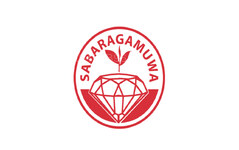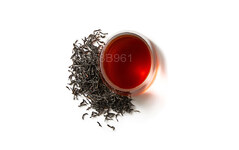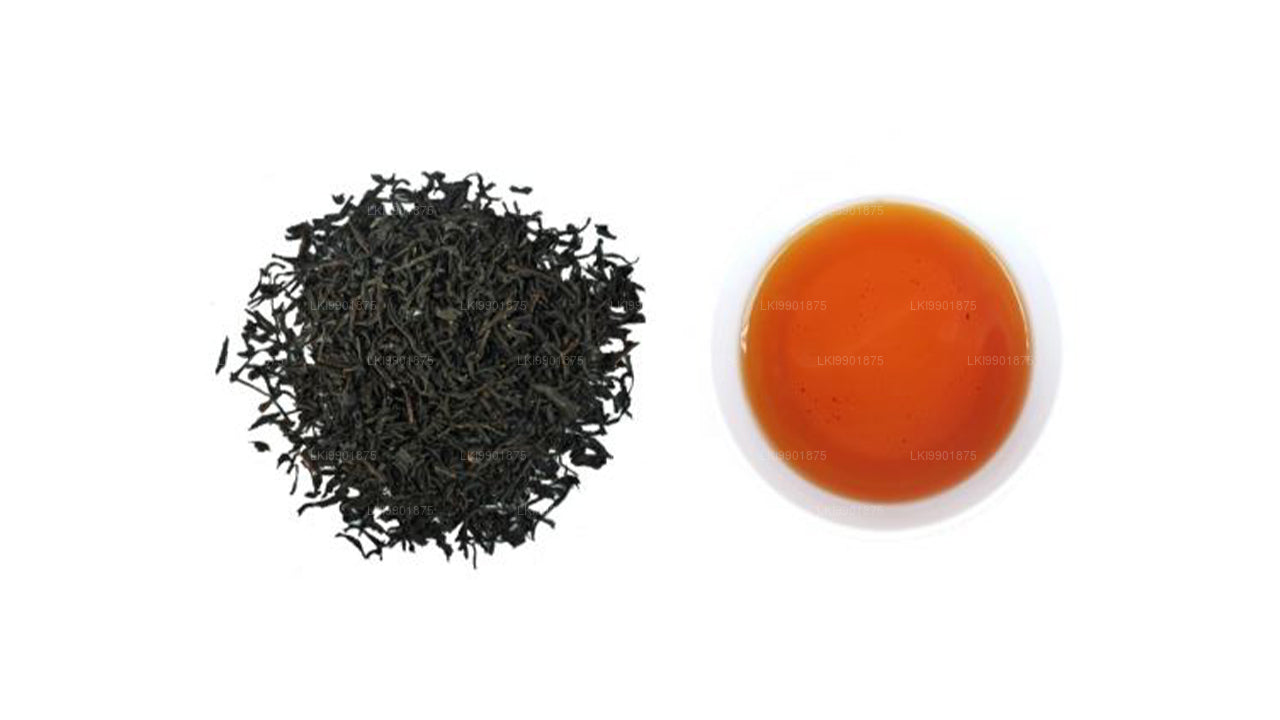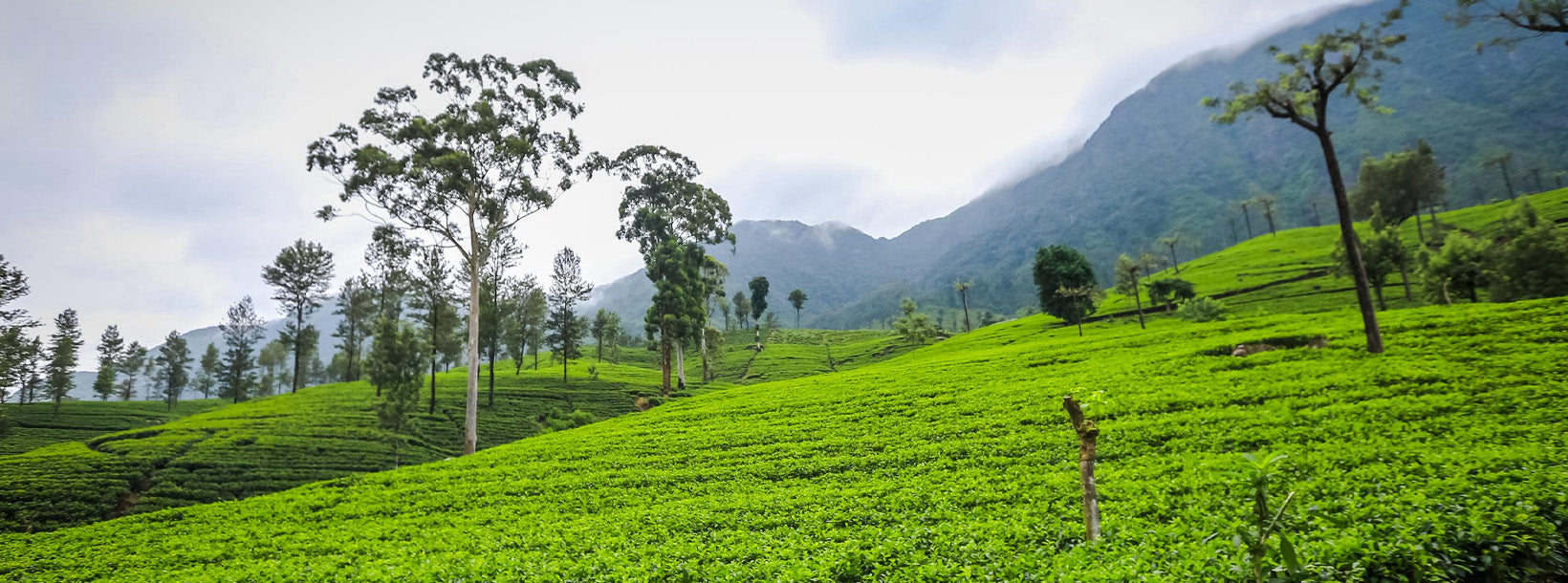
plantations de thé
Les plantations de thé du Sri Lanka, principalement situées dans les hauts plateaux du centre, sont réputées pour produire certains des meilleurs thés au monde. Ces plantations luxuriantes, comme celles de Kandy, Nuwara Eliya et Hatton, offrent des paysages pittoresques et une riche histoire. Elles contribuent grandement à l'économie du pays, exportant du thé de Ceylan de haute qualité dans le monde entier.
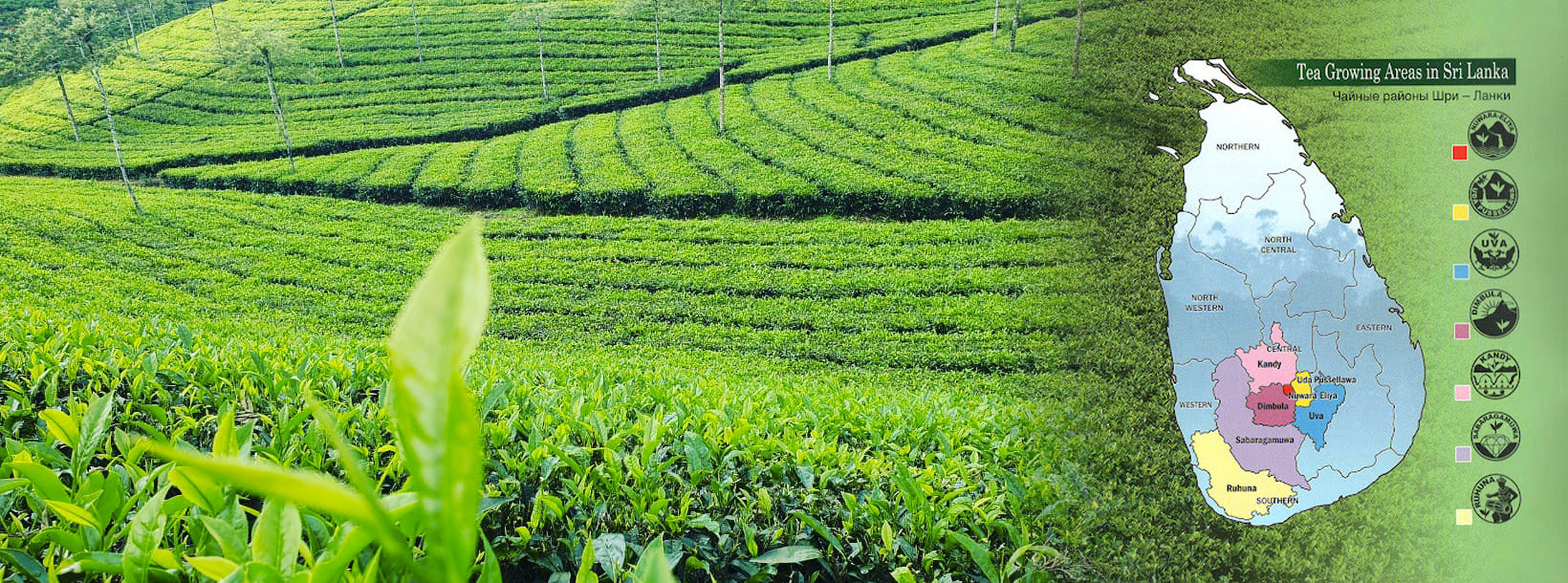
Régions productrices de thé de Ceylan
L'infusion dans votre tasse a une histoire à raconter. Elle évoque des collines ondulantes, un soleil abondant et des provinces luxuriantes. Au Sri Lanka, les provinces du centre et du sud produisent la majeure partie du thé. Les variations d'altitude et les microclimats influencent la saveur, la couleur, l'arôme et la saisonnalité caractéristiques du thé de Ceylan.
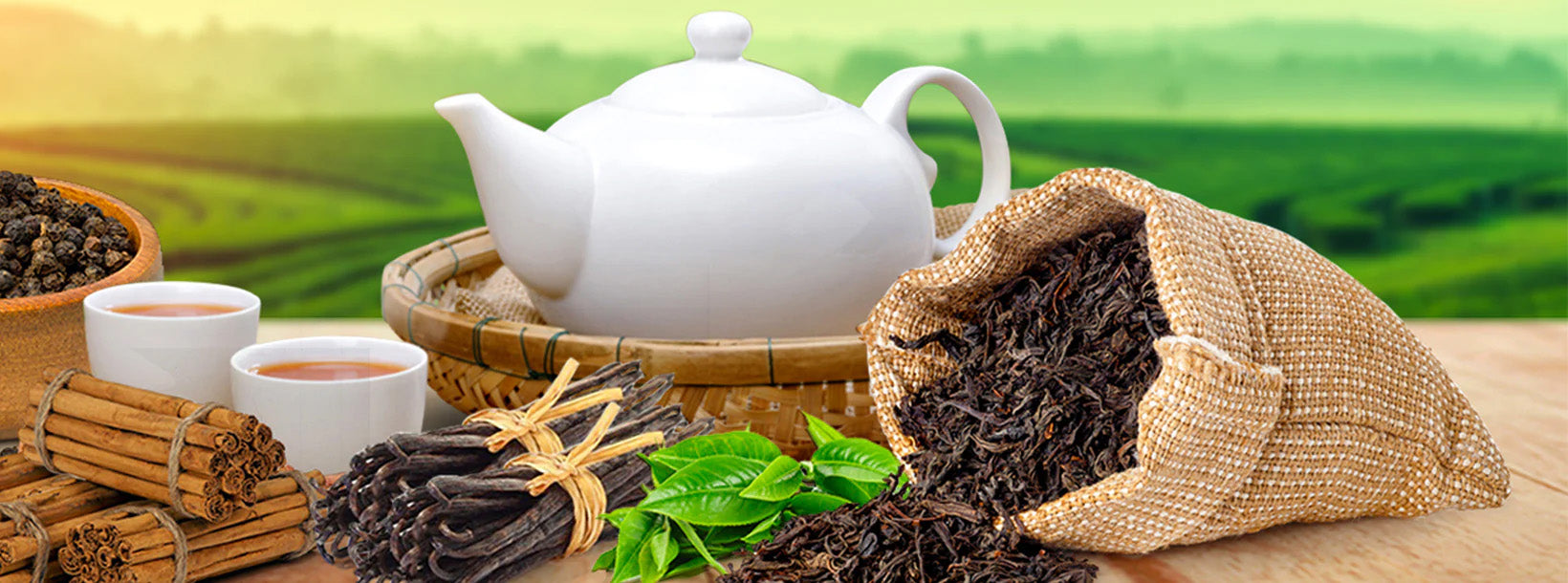
Catégories de thé noir de Ceylan
Le thé de Ceylan, tel que nous le connaissons aujourd'hui, se décline en différentes variétés, aux saveurs et arômes uniques. Outre cette variété de thés, il existe différentes qualités de thé.
Sabaragamuwa Tea
Sabaragamuwa is one of the biggest tea-growing regions in Sri Lanka. This growing region covers the western and southwestern and central mountains of the country.
The teas of Sabaragamuwa, in other words, Ruhuna, are mainly low-grown. all the estates range in elevation from sea level to around 2,500 feet.
The highest estates lie just below the boundaries of the Sinharaja and Peak Wilderness nature reserves. the environment consists of rainforests, cloud forests, and high grassy plains in this region.
As a result, they produce tea of a somewhat different character to that grown at lower elevations in the district. And also, some of these estates receive the highest rainfall of any in the plantation districts.
Other upper Sabaragamuwa estates receive some weather from the nearby Uva climatic system. Therefore, they produce in an entirely different way.
Sabaragamuwa produces a fast-growing bush with a long leaf, very black when withered, and well suited for ‘rolling’ (see manufacturer). The liquor, too, is similar to that of Ruhuna tea, dark yellow-brown with a reddish tint in the dry season, though lightening somewhat with altitude.
However, the ‘nose’ or aroma, is noticeably different from the Ruhuna product, with a hint of sweet caramel, and not quite as strong as the latter. The flavor, too, is strongly marked, especially with respect to low-grown examples.
These are general comments, However, and need not apply to all teas produced in Sabaragamuwa. The districts contain a number of sub-districts such as Ratnapura, Rakwana, Kaltura, Matara & Weligama close to the Southern coast.

